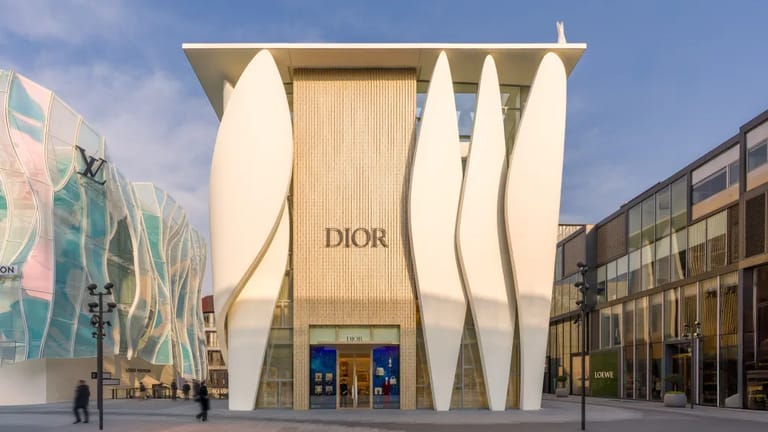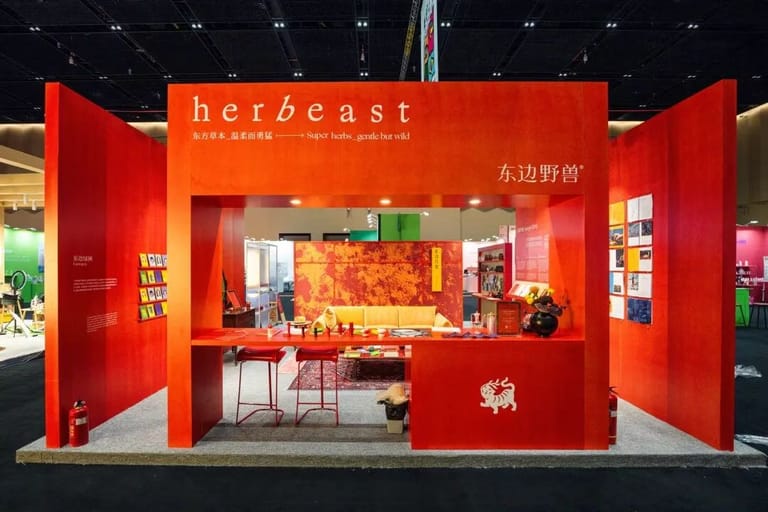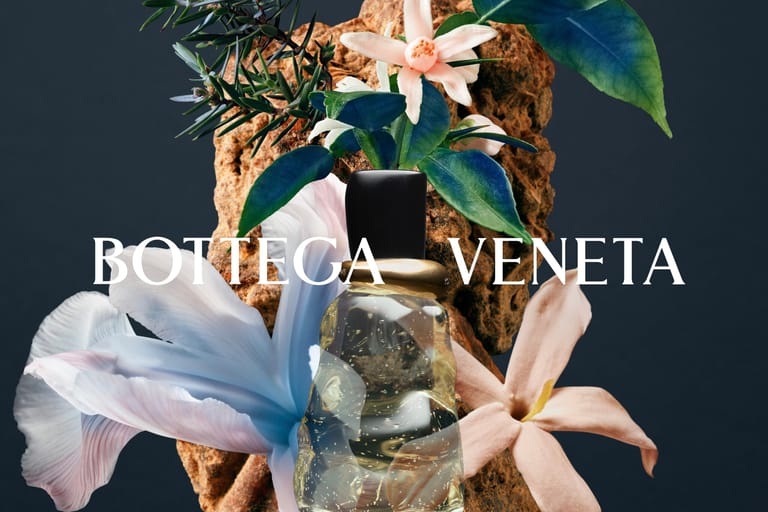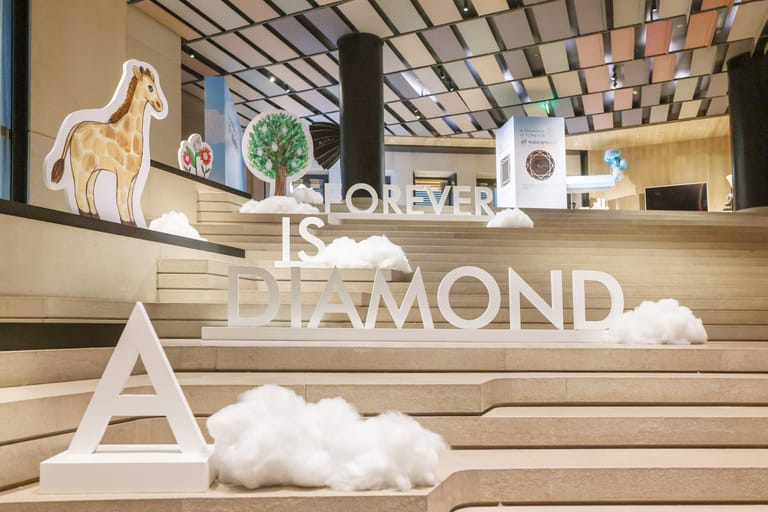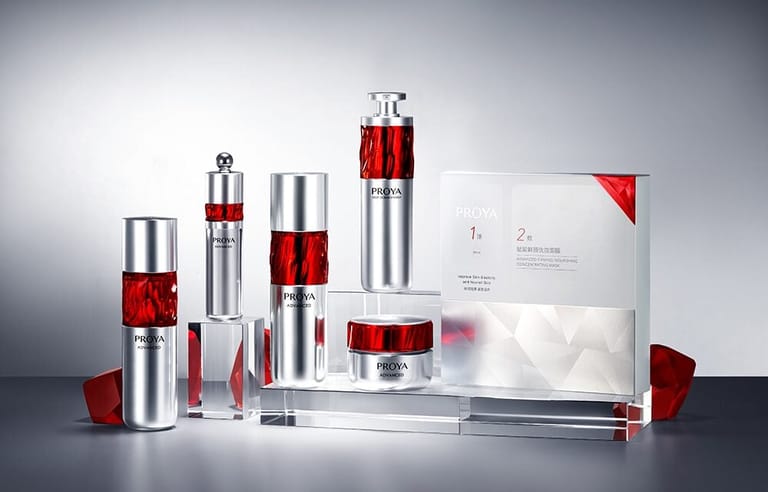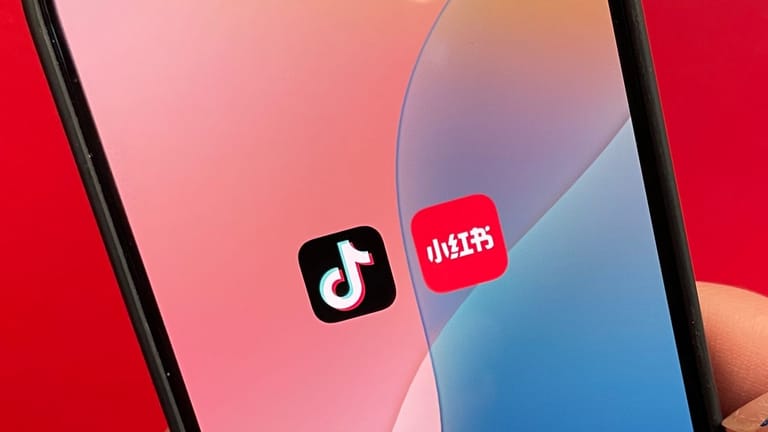What Hongshan’s Exit Means for AMI Paris in China
By
Wenzhuo Wu

Published on
May 27, 2025

Jingzhi Curates is your daily compass for navigating the dynamic intersections of business, culture, and society. Each installment distills the day’s most pressing issues into thoughtful, actionable insights—perfect for leaders, innovators, and the intellectually curious. Whether a game-changing shift in global markets, a breakthrough in AI, or a cultural trend redefining consumer behavior, Jingzhi Curates delivers clarity in complexity.
In a move that underscores the shifting dynamics between Chinese capital and Western fashion houses, Hongshan Capital Group (HSG)—formerly known as Sequoia China—is reportedly preparing to sell its majority stake in French brand AMI Paris. The Chinese private equity giant, which acquired approximately 60 percent of the affordable luxury label in 2021, has engaged Centerview Partners to advise on the sale, according to French media Glitz.
At first glance, this might appear counterintuitive. AMI Paris is in the midst of global expansion, with 80 directly operated stores and fiscal year revenues exceeding €300 million, according to CEO Nicolas Santi-Weil. But a closer look reveals a more nuanced picture—one in which the brand’s narrative strength, particularly in China, may hold more weight than its store count.
AMI’s rapid rise in China has been driven largely by logo-heavy items—especially the iconic “Ami de Cœur” heart-logo sweatshirts that dominated Chinese social media. However, as the buzz plateaus, the brand finds itself at a crossroads familiar to many in the post-logo-boom era: How to evolve from a trendy purchase to a long-term love.

Consumers on Chinese social platforms have voiced growing skepticism. Beyond the instantly recognizable heart motif, AMI’s broader product offerings are often described as lacking in both design distinction and craftsmanship. This perception, if left unaddressed, risks eroding the very foundation of desirability that luxury branding depends on.
The parallels with another of HSG’s high-profile fashion bets, Korean streetwear darling We11done, are telling. In both cases, aggressive expansion into China’s top-tier malls was not matched by storytelling or brand depth. In We11done’s case, the surge of logo items into the market quickly lost steam, and consumers—especially in a tightened economic climate—moved on.
Santi-Weil is keen to emphasize that AMI’s growth has been funded not by investors, but by operational profitability—a subtle distancing that suggests HSG’s role may have been more catalytic than foundational. “We had strong convictions about Asia and especially China… It made a lot of sense to be in business with a Chinese investment fund.”
Yet HSG was more than a passive investor. Its capital accelerated AMI’s expansion across Asia, and its local expertise likely facilitated access to the high-visibility retail real estate the brand now occupies in China. But private equity relationships are by nature finite. As HSG exits, AMI will be tasked with maintaining momentum without the built-in China fluency that its investor once provided.
As AMI attempts to carve out space in an increasingly segmented Chinese luxury landscape, its vision of “friendly luxury” may be both its strength and its Achilles’ heel. The brand stakes its identity on warmth, accessibility, and unpretentious elegance— qualities now pursued by countless emerging niche designer labels, both local and global.
“Friendly luxury,” Santi-Weil notes in his interview with Fashion Network, is a deliberate choice. “We’re ‘luxury’ because we utilise the same manufacturers as some luxury labels… but we don’t want to follow certain luxury houses in driving up prices.” It’s a compelling value proposition—but only if consumers feel the emotional and aesthetic reward matches their expectations. That means AMI must double down on communicating its values with clarity and confidence, not just in Paris or Tokyo, but in Shanghai, Chengdu, Shenzhen, and more fashion hubs in China.
Santi-Weil has made it clear that there is “no urgency” in the sale process, and that any future buyer—whether a new majority owner or a consortium of minority shareholders—will inherit a brand with a stable leadership team and a distinctive philosophy. But the question for China is more existential: Can AMI, without the backing of a culturally embedded investor like HSG, continue to resonate on its own terms?
To thrive, AMI must not only sell sweaters or T-shirts; it must sell meaning. In the next chapter, storytelling, not just store openings, will define the brand’s value. And in a market as discerning and fast-moving as China’s, that story must be both sincere and specific.
As HSG bows out, AMI stands at the threshold of proving that “friendship”—in the form of brand loyalty—must be earned, not assumed.


